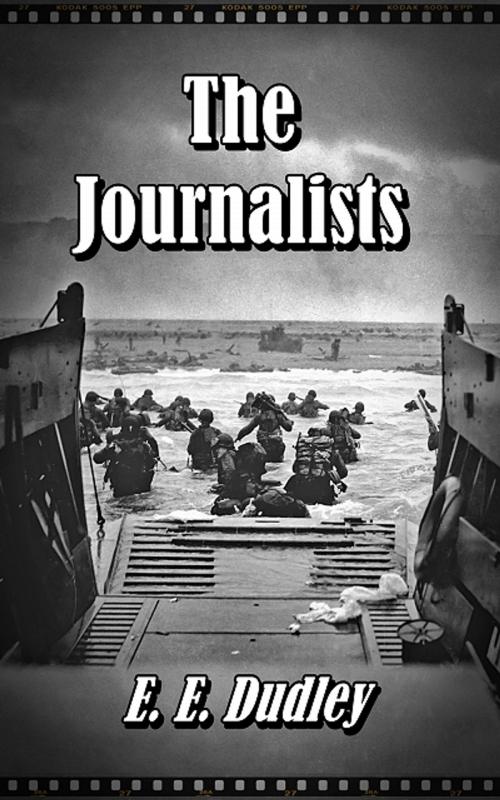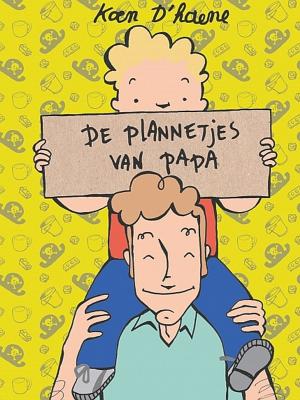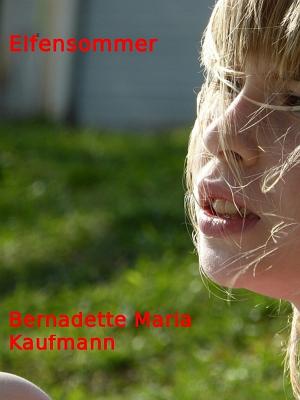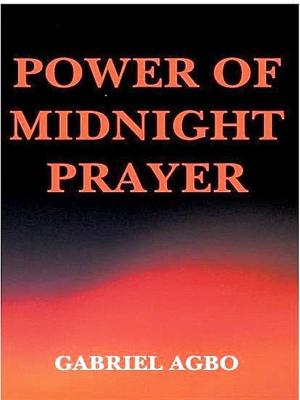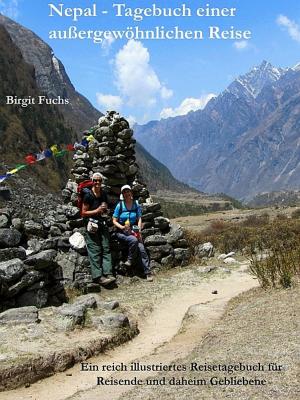| Author: | Ellen Elizabeth Dudley | ISBN: | 9783961421541 |
| Publisher: | XinXii | Publication: | May 1, 2007 |
| Imprint: | Language: | English |
| Author: | Ellen Elizabeth Dudley |
| ISBN: | 9783961421541 |
| Publisher: | XinXii |
| Publication: | May 1, 2007 |
| Imprint: | |
| Language: | English |
During the decade preceding World War II, the Great Depression was a severe worldwide economic depression. It started around 1930 and lasted until the late 1930s or middle 1940s depending in which country you lived. It was the longest, most widespread, and deepest depression of the 20th century.
Food prices in the USA were low as these were lean years.
Coffee 5 cents.
Doughnut 5 cents.
Hamburger 15 cents.
Fries 10 cents.
Hot Dog 10 cents.
For one whole dollar, you could take your girl out for a full meal and still have change.
Across the USA in the late 1920s, especially in New York City, almost everybody was willing to do any sort of work, however menial, to survive, and Ed Haralson, photographer and journalist, at age thirty-three, was no exception. After an incident in Central Park, he landed a job as a photojournalist with a major newspaper.
Mary Boshell, a hard-working journalist, was covering the 1933 Berlin Olympics after which she found herself interviewing Adolf Hitler.
During the Second World War, almost 200 photographers and reporters of the Associated Press volunteered to cover the war across the globe from 1939 through 1945 risking their lives, especially on the Normandy beachheads.
On June 6th, 1944, working for the Associated Press, Ed Haralson found himself embroiled in the hell of Omaha beachhead, Normandy after stowing away on a landing barge. Later he was to witness to the discovery of Nazi a death camp, and experience at first hand the atrocities committed there.
The journalists followed the advancing allied army as it pushed back, slowly but surely, the German army, to finish up being present at the horrifying discovery of the Nazi death camps with their gas chambers, furnaces and gibbets.
They filmed and photographed wrote about the mass graves, the emaciated or dead and dying men, women and children.
They were shocked and horrified after being confronted by the mounds of dead, most of them skeletal with dried-up skin draw
During the decade preceding World War II, the Great Depression was a severe worldwide economic depression. It started around 1930 and lasted until the late 1930s or middle 1940s depending in which country you lived. It was the longest, most widespread, and deepest depression of the 20th century.
Food prices in the USA were low as these were lean years.
Coffee 5 cents.
Doughnut 5 cents.
Hamburger 15 cents.
Fries 10 cents.
Hot Dog 10 cents.
For one whole dollar, you could take your girl out for a full meal and still have change.
Across the USA in the late 1920s, especially in New York City, almost everybody was willing to do any sort of work, however menial, to survive, and Ed Haralson, photographer and journalist, at age thirty-three, was no exception. After an incident in Central Park, he landed a job as a photojournalist with a major newspaper.
Mary Boshell, a hard-working journalist, was covering the 1933 Berlin Olympics after which she found herself interviewing Adolf Hitler.
During the Second World War, almost 200 photographers and reporters of the Associated Press volunteered to cover the war across the globe from 1939 through 1945 risking their lives, especially on the Normandy beachheads.
On June 6th, 1944, working for the Associated Press, Ed Haralson found himself embroiled in the hell of Omaha beachhead, Normandy after stowing away on a landing barge. Later he was to witness to the discovery of Nazi a death camp, and experience at first hand the atrocities committed there.
The journalists followed the advancing allied army as it pushed back, slowly but surely, the German army, to finish up being present at the horrifying discovery of the Nazi death camps with their gas chambers, furnaces and gibbets.
They filmed and photographed wrote about the mass graves, the emaciated or dead and dying men, women and children.
They were shocked and horrified after being confronted by the mounds of dead, most of them skeletal with dried-up skin draw
